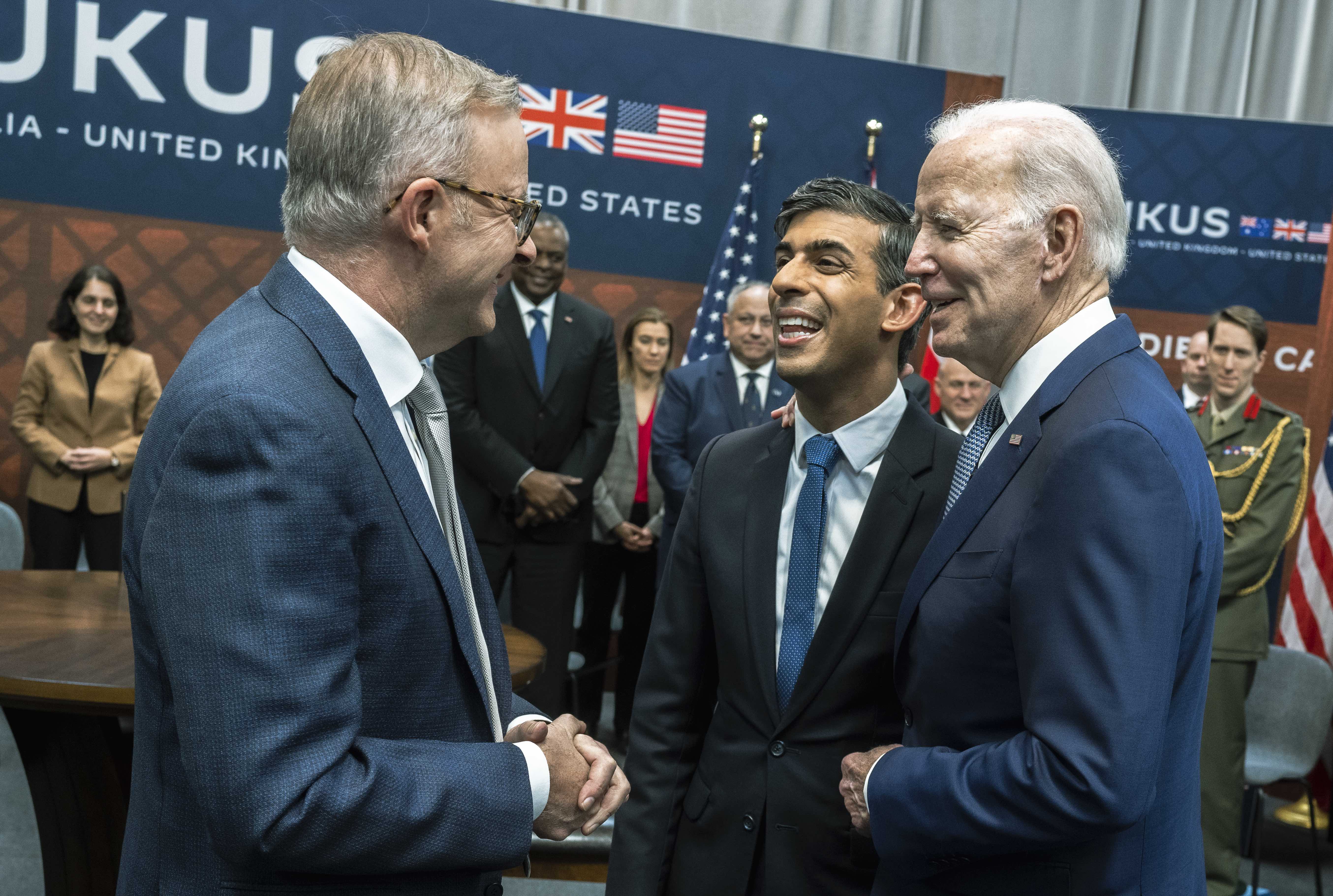
White House ‘Confident’ In AUKUS Plan for Australian Nuclear-powered Submarine Fleet
The White House’s senior coordinator for the Indo-Pacific is “confident” that Australia, the United Kingdom and United States can meet…
Copyright 2024 U.S. Naval Institute. All Rights Reserved.